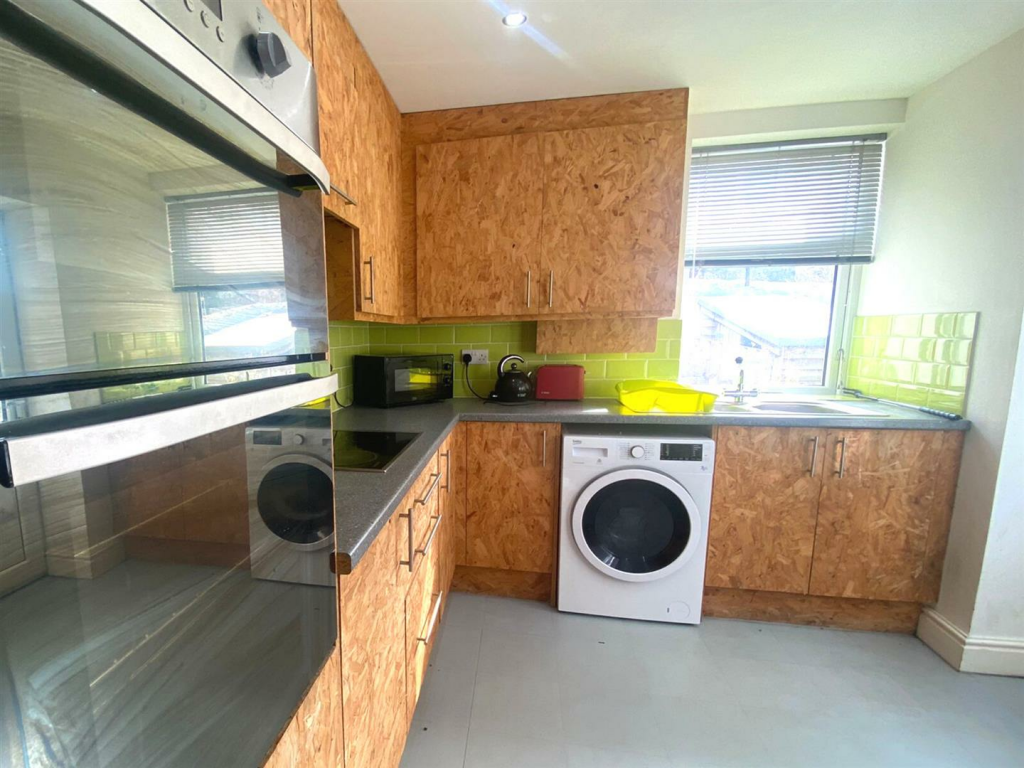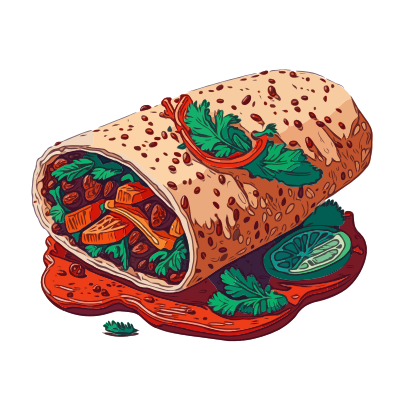The craftsmanship is impressive… The material abhorrent.
It makes no sense lol somone this good with wood, putting effort into making it out of crap.
It’s taking a post modern architecture concept and applying it to just what the home owner can reasonably change.
The idea is that the building shouldn’t hide or obscure what the materials it is made from. You’ll see it in buildings with deliberate exposed pipes, exposed concrete, unfinished wood.
It’s about honesty and function.
The problem is to make this work they needed to go further or not so far. A polished concrete countertop, industrial tiles and industrial appliances could make this work better. Or using plywood rather than OBS.
I really appreciate this (possible) explanation!
Cheap client not willing to pay for proper materials and a good carpenter who didn’t care enough to argue with them about it would be my guess.
This was a look. Around the corner there’ll be raw concrete with the form marks in it.
It was on the market around 2021 in Lancaster, UK and still is
https://www.rightmove.co.uk/properties/141302183#%2F%3Fchannel=STU_LET

“Make sure the kitchen has a washing machine. That’s very important.”
“A washing machine? Are you sure?”
“Absolutely, huge selling point. Nobody likes hand washing.”
They remembered the word “dishwasher” a few days later, but it was already too late.
I think that might be a UK thing. I saw it and immediately assumed it was England, because I’ve never seen a washing machine in the kitchen, except in British television.
It made sense when they added in indoor plumbing to old buildings that were built pre-1900’s. The old 2-up, 2-down homes are a good example. They were often retrofitted to add a bathroom at the top of the stairs above the kitchen.
The only place to add in a washing machine was in the kitchen. Since people hung their washing outside to dry in the back garden it was a logical place as well.
It’s called fashion look it up
they forgot to add textures in dev so now it’s intended behaviour on prod
who doesn’t love the scent of formaldehyde in the morning!
I just about died as a baby from formaldehyde poisoning. The brand new house was too air tight.
It’s a doom 1 kitchen. Who can see the hidden door?!
Doesn’t that board have hella binders and toxic shit? Why would you want that anywhere near your food??
There are different versions for interior and exterior use, using different types of glue. At least OSB/0 and OSB/1 can be used for internal applications and are considered safe. Not that I would trust a landlord doing this to select the correct board type, especially since the safe variants might have some issues with the humidity exposure in a kitchen.
But there still are many cases for using OSB indoors, e.g. behind drywall to give it some more strength (instead of more expensive plywood). Wouldn’t want to leave it exposed in a kitchen though, it’ll get messy if it’s not properly treated, and in the picture it doesn’t seem to be.
How much they could have possibly saved, considering also the expensive skilled labor to install it? £100 on a £2000 kitchen?
You might be surprised. Materials costs have skyrocketed since the pandemic. (I’m in the trades, not just talking out my ass)






